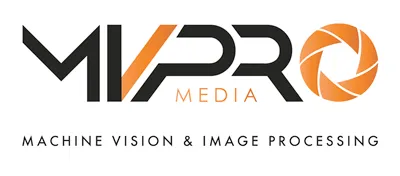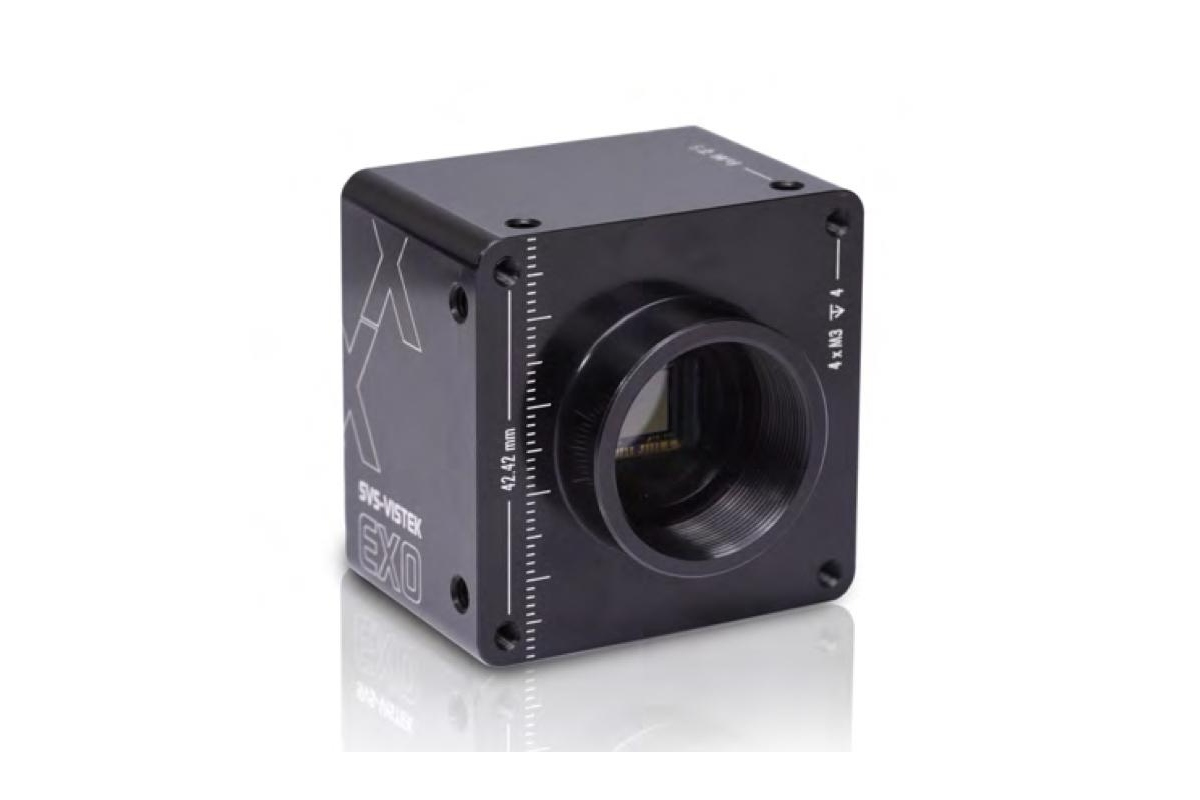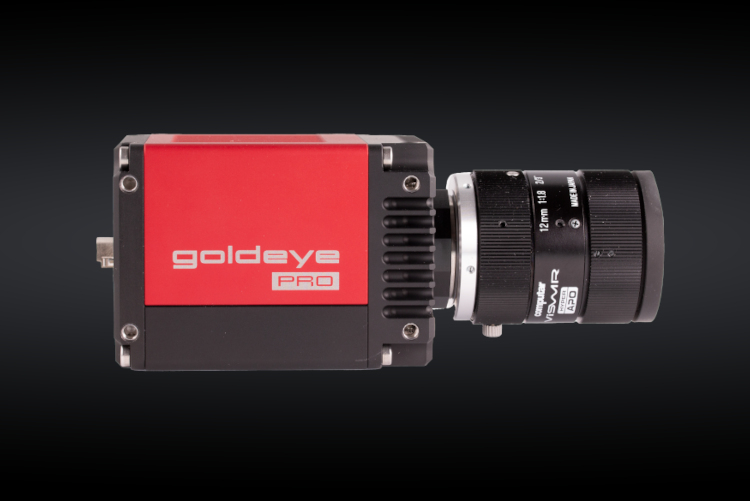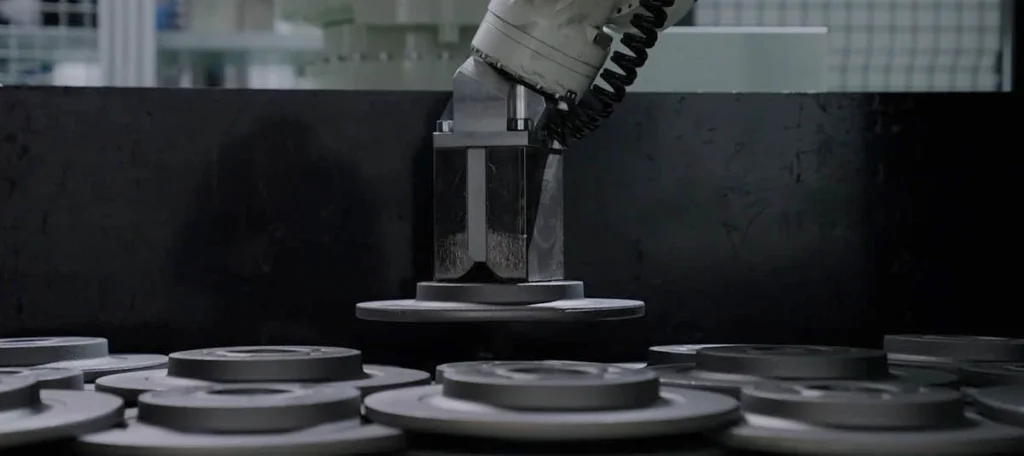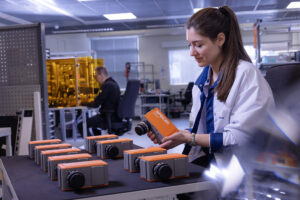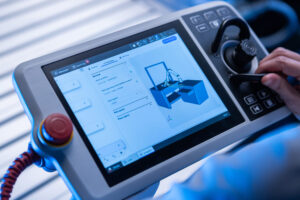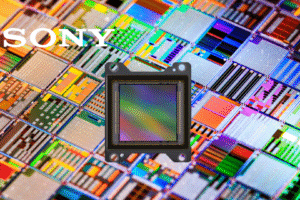In machine vision, polarisation cameras are deployed to acquire image data which cannot be detected by conventional imaging devices. In doing so, polarisation cameras have opened the door to multiple novel applications and have witnessed significant growth in recent years.
Equipped with specialised filters, polarisation cameras visualise defects such as stress and scratches in glass by enhancing contrast, while reducing glare, removing reflections and sharpening edge detection. They are widely being used for inspecting objects as diverse as semiconductors, consumer electronics, flat panel displays, and packaging. Video surveillance, autonomous vehicle navigation, and medical imaging are other fields in which this technology is being capitalised on.
One of the newest entries in this category is the SVS-Vistek exo253ZGE camera. Offering distinct advantages over traditional imaging systems, the camera leverages a Sony 12.3 megapixel IMX253MZR CMOS mono-polarised sensor for optimised performance. The sensor’s 4096 x 3000 pixel resolution is merged with a global shutter, high optical dynamic, and fast frame rates, making it uniquely capable of capturing detailed structural analysis of rapidly moving objects while eliminating errors caused by glare or reflections.
SVS-Vistek exo253ZGE cameras are based on the company’s fanless EXO industrial-grade platform with a milled aluminium body compatible with an economical, C-mount lens. Highlights of its rich feature set include a choice of GigE Vision (exo253ZGE) or USB3 (exo253ZU3) interface, 4-channel strobe controller, logic functions, programmable sequencers and timers, and IP40 protection.
